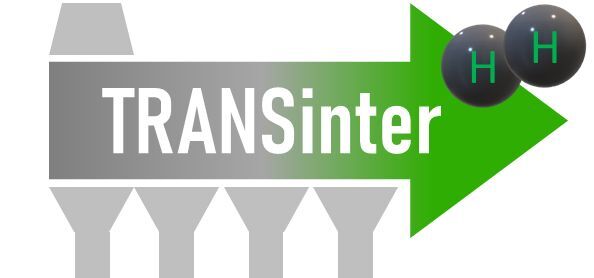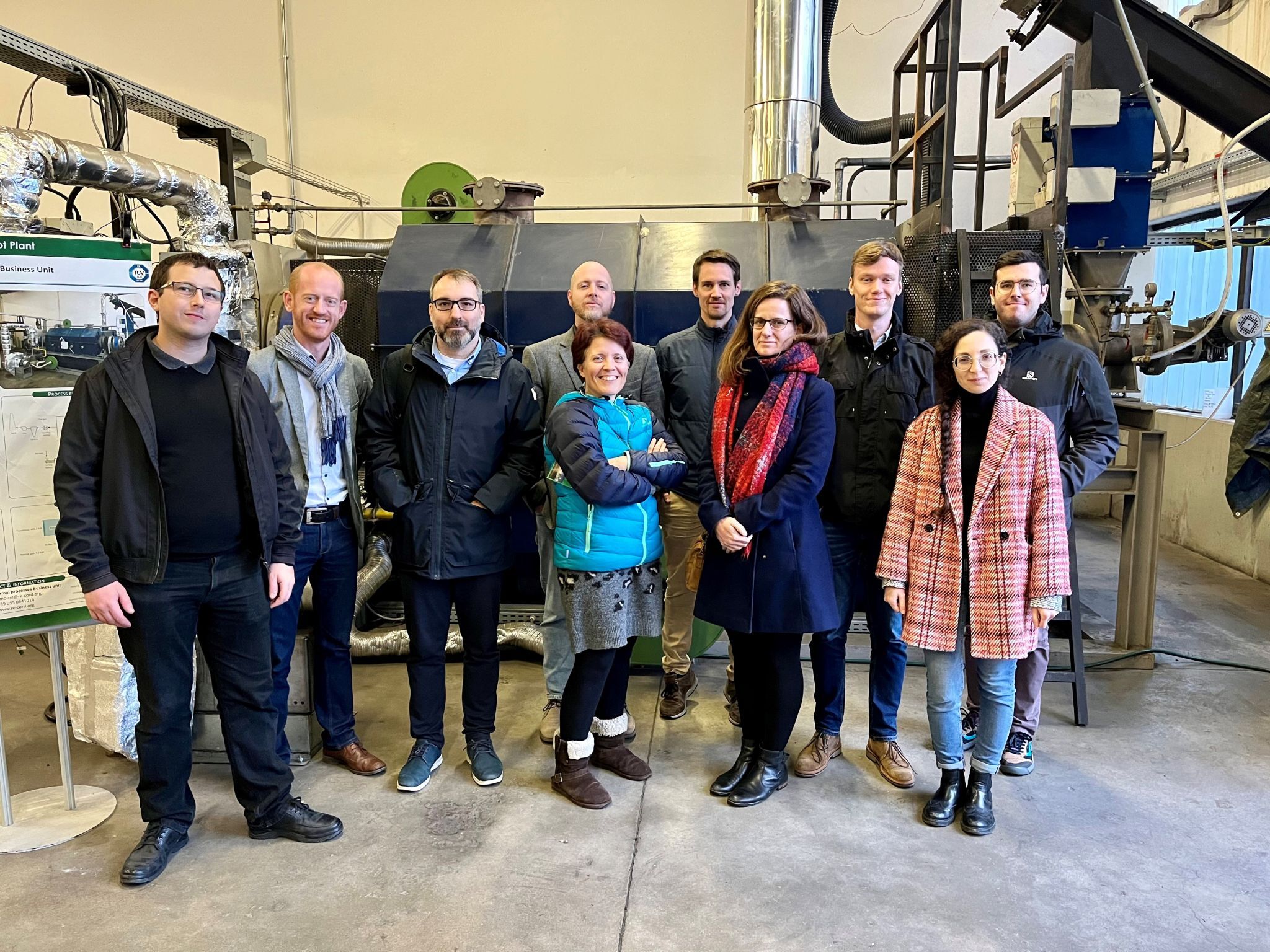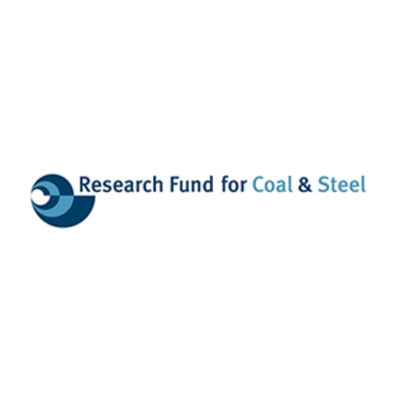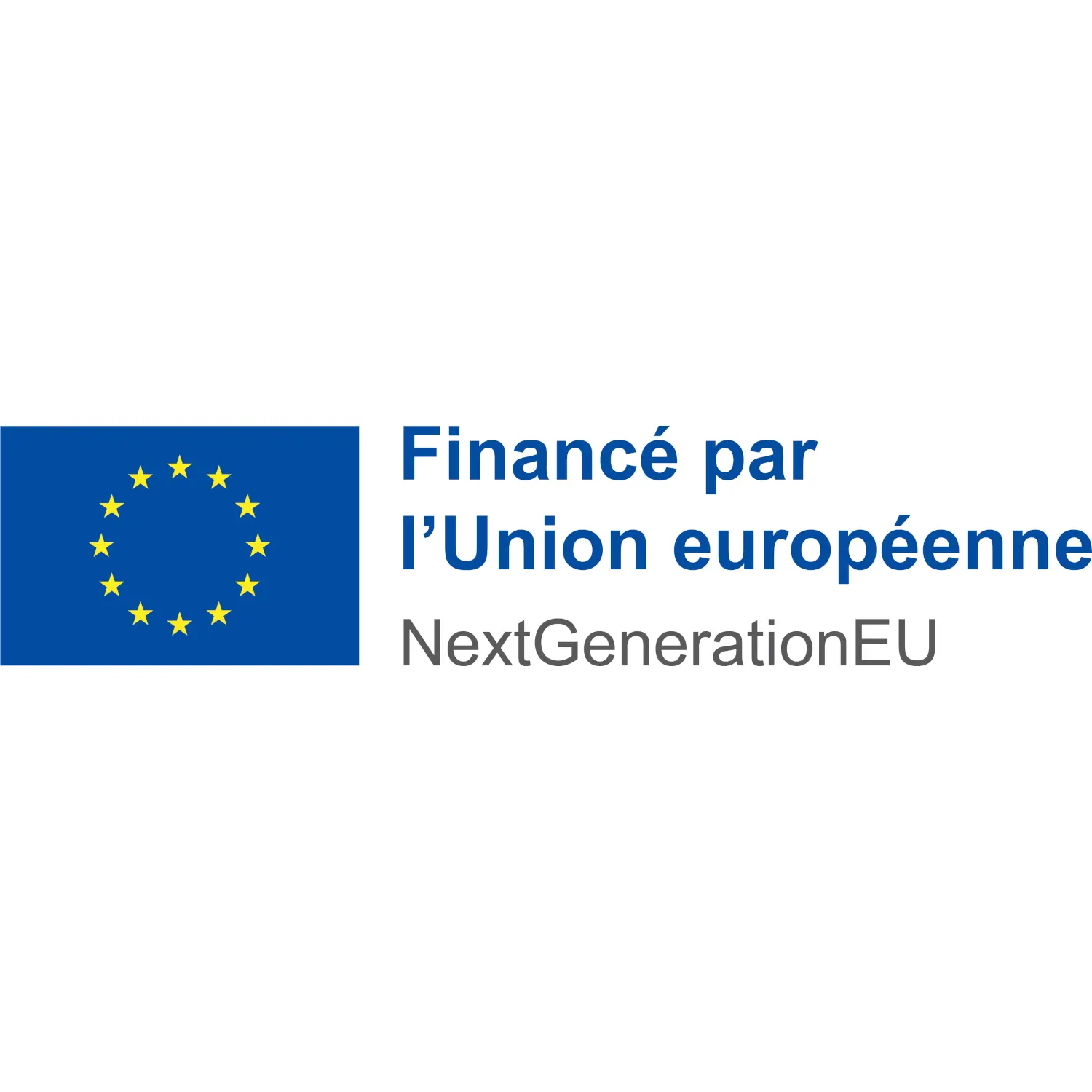TRANSinter
Sintering process role in the (partial) transition to the Direct Reduction Route (TRANSinter)
Objectives
To comply with the European Green deal, European steelmakers using the Blast Furnace (BF) route are considering a transition to direct reduction (DR) route. For their 2030 target, only a part of the existing BF’s will be
replaced by DR shafts. TRANSinter investigates the following solutions to support this first transition step based on the valorization of the existing sinter plants.
- Adapted sinter for DR shafts
- Increased by-products recycling rate, including new ones from the DR route
- Conversion of low quality residues from other sectors into bio-coals
- Assessment of process actions and end of pipe treatments to mitigate critical pollutant emissions;
‘Zero Emission Sintering’ original lay-out for minimizing the off-gas flow (and pollutant emissions)


Current evaluations predict increasing CO2 prices as well as shortages of DR-grade iron ores due to the increased demand that will follow the implementation of DR shafts that will need to run at high productivity for the first phase of the transition. Combined with increasingly stringent pollutant emissions regulations, these predictions show a need for a cleaner sintering process (CO2 and other pollutants) and alternatives to expensive and scarce high-grade iron ores.
An in-deep background and literature review of the project was done in the RFCS proposal and it is available. Pollutants emissions and by-product uses have been studied at CRM in a wide range of previous projects (SinByOse, ECONOSOx, …) and existing equipment (reducibility furnace, granulation tools…) necessitate either moderate to no adaptations to allow the study of sinter for DR shafts.


